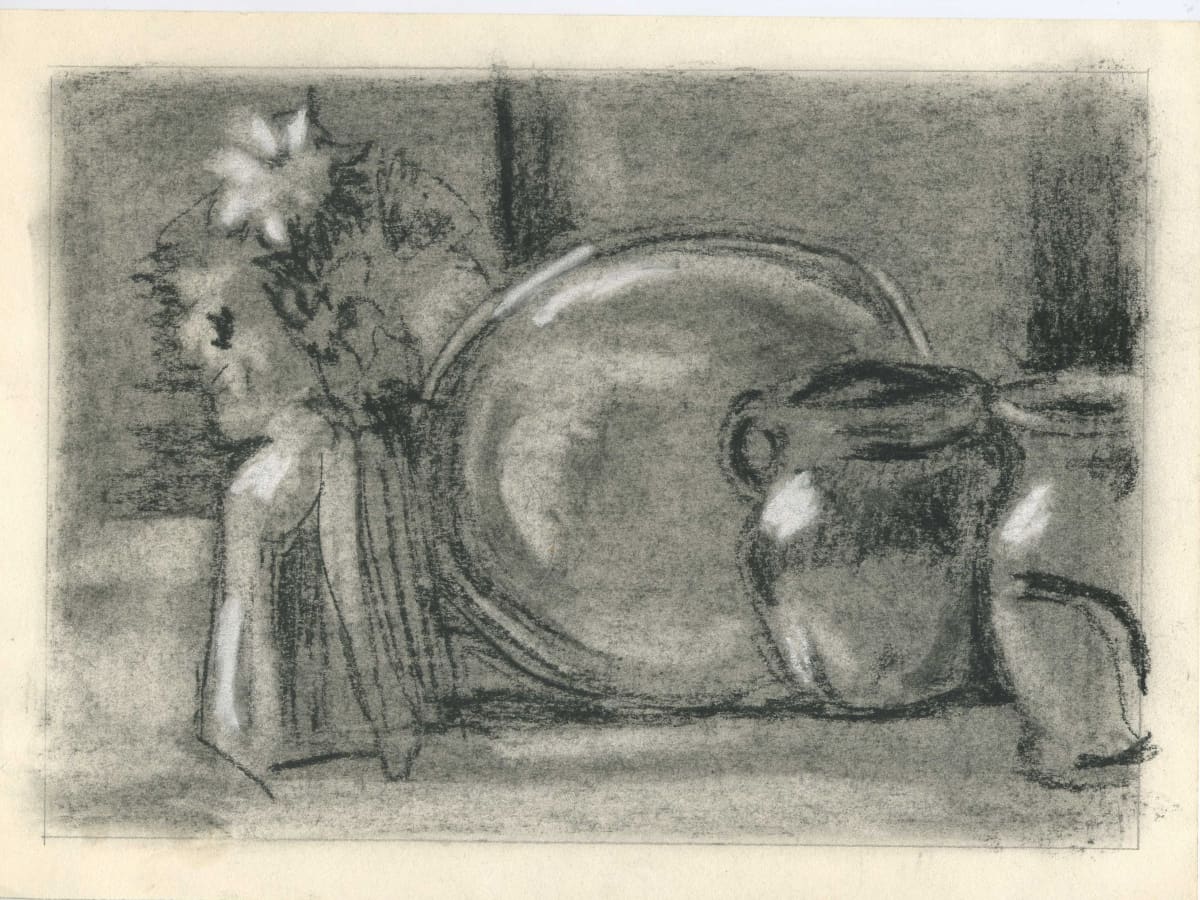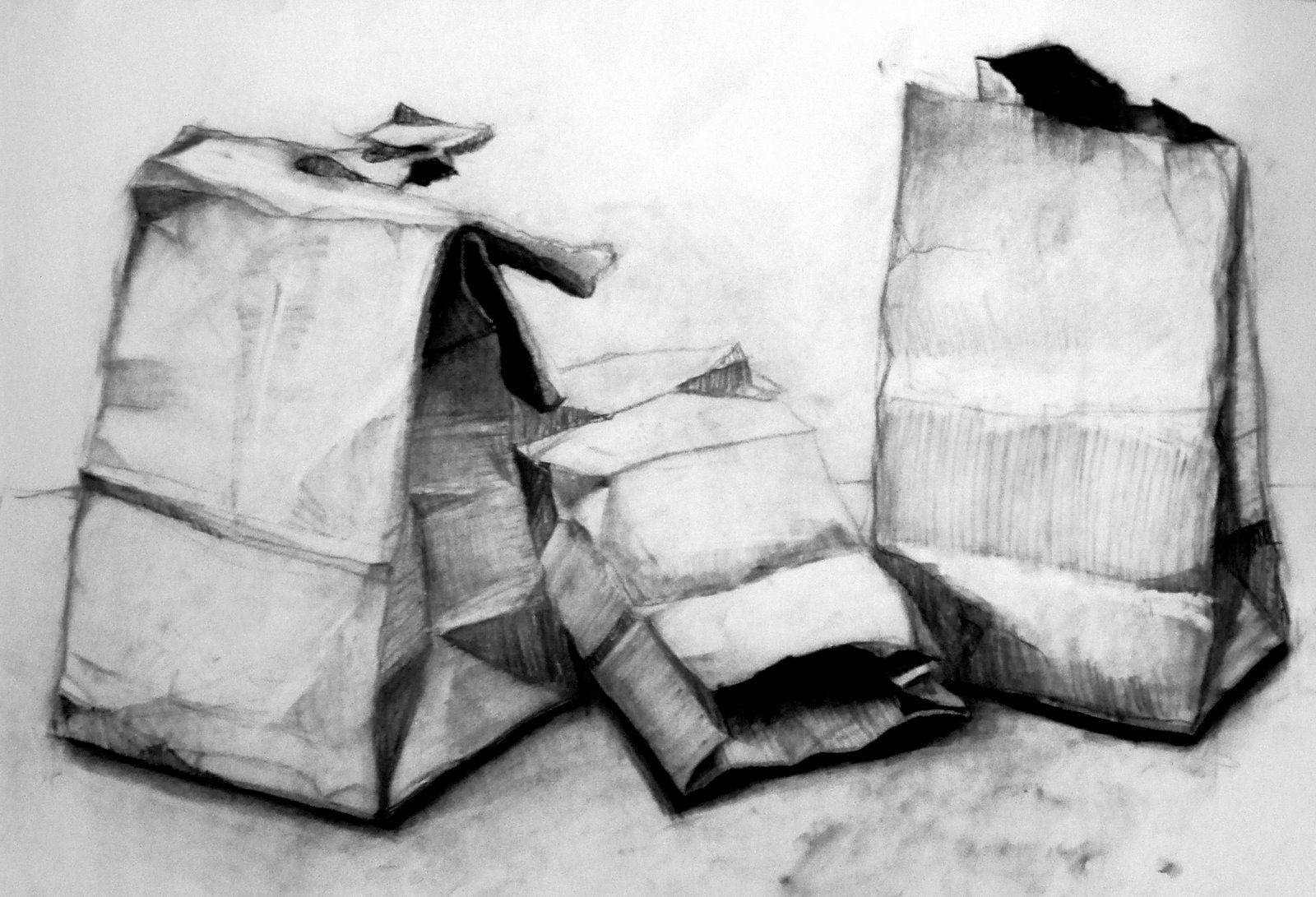Charcoal’s rich tones and bold contrasts make it a favorite medium among artists for expressing depth and sentiment. However, its powdery and transferable nature poses a significant challenge when it comes to preservation. By giving careful consideration to the type of paper used for charcoal drawings, artists can considerably extend the lifespan of their work. This article will delve into the essential qualities of paper that are best suited for charcoal art and outline methods to keep these creations intact for the long haul.
Understanding Paper Weight
Significance of Heavier Paper
Selecting the right paper weight is the foundation of preserving charcoal drawings. A paper’s weight, measured in grams per square meter (gsm), directly affects its ability to withstand the application of the medium and the subsequent preservation processes. Heavier-weight papers (180 gsm or more) are less likely to buckle under the weight of the charcoal and can endure repeated erasures and blending without falling apart. They are also more resistant to the warping effects of moisture when a fixative is applied, acting as a solid backdrop for the longevity of the artwork.
Weighing in on Usage
The purpose of your drawing should drive your paper selection. For quick sketches that may not need to stand the test of time, a lighter paper can be suitable and cost-effective. Conversely, for pieces you intend to display, sell, or archive, heavier paper is advisable. Using a heavier paper from the outset ensures your work is on a quality substrate that will help keep the charcoal from fading or smudging over time. This choice is particularly important for works that will be handled, whether during the framing process or by art enthusiasts admiring your work in the future.

Choosing the Right Texture
Grain Impacts Charcoal Adherence
The surface texture or ‘tooth’ of the paper is essential for charcoal because it affects how the medium grabs onto the paper. A paper with a good amount of texture ensures better charcoal adherence, leading to fewer smudges and a decreased need for constant touch-ups. Papers with a heavy texture help create dynamic shadows and contrasts, which are especially beneficial for larger, more dramatic compositions.
Matching Texture to Technique
The specific style and technique of your charcoal work should guide your choice of paper texture. Detail-oriented drawings benefit from smoother textures, allowing for finer lines and more precise control. If you tend toward more expressive, bold strokes, a paper with a coarser texture will capture the vigor and depth of your lines more effectively. An artist’s toolkit should include a variety of papers for this very reason; each texture offers different benefits and enhances the finished product in different ways.

Acid-Free Papers for Longevity
The Threat of Acidity
Acidic papers can spell disaster for delicate charcoal drawings over time, causing discoloration and deterioration. To mitigate this risk, acid-free papers are the gold standard for artists focused on longevity. These papers are specially treated to neutralize their pH level, thereby preventing the yellowing and brittleness associated with acidic paper degradation.
Verifying Paper Quality
Ensure the longevity of your charcoal drawings by using only certified acid-free papers. Look for labels that guarantee this status. Even papers that are labeled as ideal for charcoal might still contain harmful acids if they are not explicitly marked as acid-free. Purchasing paper from trusted art suppliers and established brands can provide additional assurance that the paper you’ve chosen meets the highest archival standards.

Considering Environmental Factors
Humidity and Light Effects
Environmental considerations play a crucial role in the preservation of charcoal drawings. Humidity can cause the paper to absorb moisture, leading to the expansion and contraction of fibers that can distort the artwork. Similarly, excessive exposure to light, especially sunlight, can fade charcoal’s richness and alter the intended contrasts in a piece.
Archival Storage Solutions
Archival storage methods complement the selection of sturdy, acid-free paper. Protective measures like climate-controlled rooms, archival matting, and framing behind UV-protective glass help in safeguarding the artwork against environmental degradation. By pairing the correct paper choice with these protective techniques, artists can ensure their charcoal drawings maintain their visual integrity and emotional impact over time.

Emphasizing the Role of Fixatives
Enhancing Protection with Proper Application
Once the ideal paper is selected and the artwork is brought to life, applying a high-quality fixative is the next crucial step. A fixative acts as a sealing layer when used appropriately. This layer protects the charcoal particles from air, moisture, and physical contact. It is important to choose a fixative specifically designed for charcoal. A suitable fixative provides a matte finish. This maintains the artwork’s original aesthetic without altering the shades or details. Applying the fixative in a well-ventilated area is advised. It should be applied in thin layers. Allow each layer to dry before applying the next. This approach can enhance the artwork’s protection without compromising the paper’s integrity.
The Choice Between Workable and Final Fixatives
Artists have the choice between workable and final fixatives depending on the stage of their work. A workable fixative allows for further drawing and erasing on top of the applied layer, offering a flexible approach during the creation process. On completion, a final fixative gives a more durable seal that ensures the drawing’s longevity. Understanding the properties and correct application of these fixatives can significantly aid in preserving the intricate details and depth of charcoal drawings.

Regular Maintenance and Care
Preserving Artwork Over Time
Even with the right paper, texture, and initial preservation measures, ongoing care is necessary. This care maintains charcoal drawings in pristine condition. Regularly checking stored or displayed artwork is important. Look for signs of wear, environmental damage, or fading. This can catch issues before they cause irreversible harm. Dusting pieces with a soft, dry brush or cloth can prevent buildup that might smudge or bury the charcoal details. For art in storage, ensuring acid-free barriers between drawings prevents them from sticking together or transferring charcoal. These simple, ongoing maintenance efforts can keep charcoal drawings looking as vibrant and detailed as the day they were completed.
The Artistic Responsibility
Beyond Technique and Materials
Lastly, the responsibility of preserving charcoal drawings extends beyond the technicalities of paper type, fixatives, and storage conditions. It involves an awareness of the artwork’s legacy and its place in the broader tapestry of visual art. Each piece, whether a personal practice sketch or a gallery-displayed masterpiece, carries the artist’s intention and emotional imprint. By applying comprehensive preservation methods, artists safeguard not only their work but also a piece of cultural heritage. This holistic approach to art preservation underscores the artist’s role not just as a creator but also as a custodian of beauty and expression across time.
In the world of art, the saying “good foundations make for lasting structures” rings true. The choice of paper forms a critical base that can determine the fate of a charcoal drawing. Selecting the right paper will influence not only the immediate outcome but also the longevity of the artwork. This applies whether for practice or gallery display. Careful consideration of paper weight, texture, and archival quality is essential. Environmental safeguards should also be considered. These factors will allow future generations to enjoy the depth and beauty of charcoal drawings for many years to come.